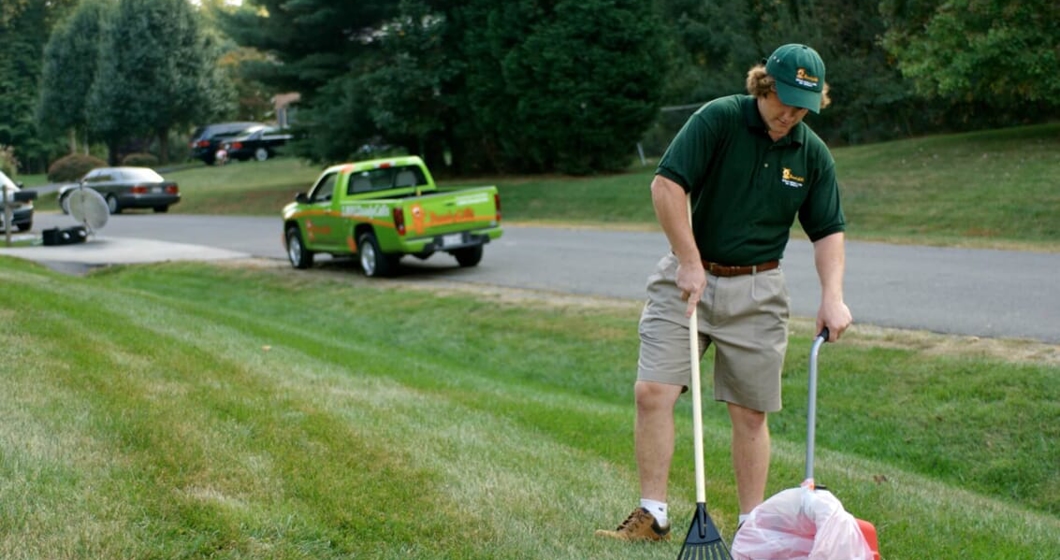In today’s world, time is a precious commodity, and of all of the things on the average pet owner’s to-do list, chances are picking up after the pooch is down there towards the bottom, especially during the fall and winter months when it’s so easily overlooked.
But as unpleasant and time consuming as it may be, keeping pet waste off the ground is an important neighborly responsibility held by all residents with pets, all year round.
Community managers take note: The waste resident pooches leave behind is more than just a gross and unsightly nuisance – it is an environmental pollutant and a human health hazard. When left unattended, pet waste is a detriment to local soil and water quality, and also presents a number of potential health dangers to families and their pets.
But fear not, says DoodyCalls, the nation’s leading pet waste management service for homeowners and communities: Implementing a comprehensive pet waste management plan can put community pet waste problems to rest in no time.
When it comes to pet waste management plans, the most effect strategies are multifaceted, involving regular common area cleanings, the introduction of pet waste stations into the community and resident education.
Many times, unattended pet waste is the result of circumstance rather than bad intentions. Forgetting to bring a bag for the waste or running out of bags during the walk are the most common reasons why dog walkers leave waste on the ground.
By installing and maintaining pet waste stations in your community, you get a simple, affordable and effective solution that is greatly appreciated by residents. When determining the number and location of stations, consider the density of homes, areas where dog owners tend to congregate and the natural foot traffic patterns throughout the grounds. The goal is to make it easy for dog walkers to pick up a bag at the beginning of their walk and easy for them to find a place to dispose of it at the end.
Keep in mind that even with pet waste stations installed in the community, occasional full-fledged common area cleanings are still recommended as well.
Depending on the type of community and scope of the problem, cleaning common areas may require walking the entire grounds to scoop up waste and other litter. In other cases, the issue will centralize itself in a few locations, commonly referred to as “hot spots.” These locations are where waste tends to accumulate more frequently than others. Identifying hot spots and keeping them clean can work to curb the problem immediately and also help prevent it from spreading.
The final piece of the pet waste management puzzle is community education and awareness. When residents understand the importance of picking up after their pets and they see the community supporting pet waste pickup, they become far more likely to participate and support the cause.
Educational initiatives can be as simple as periodically publishing a community map outlining the location of pet waste stations so that residents are reminded of their presence and can plan their walks accordingly.
If you have a pet waste issue in your community, consider installing pet waste stations, performing common area cleanings and providing residents with information on the importance of pet waste pickup. For communities with lots of dog owners, it is always a good idea to consult a specialist to put together a comprehensive pet waste management plan.


